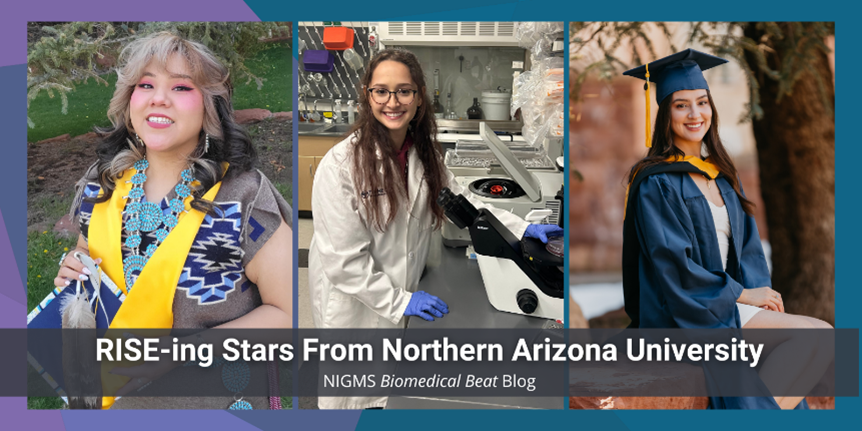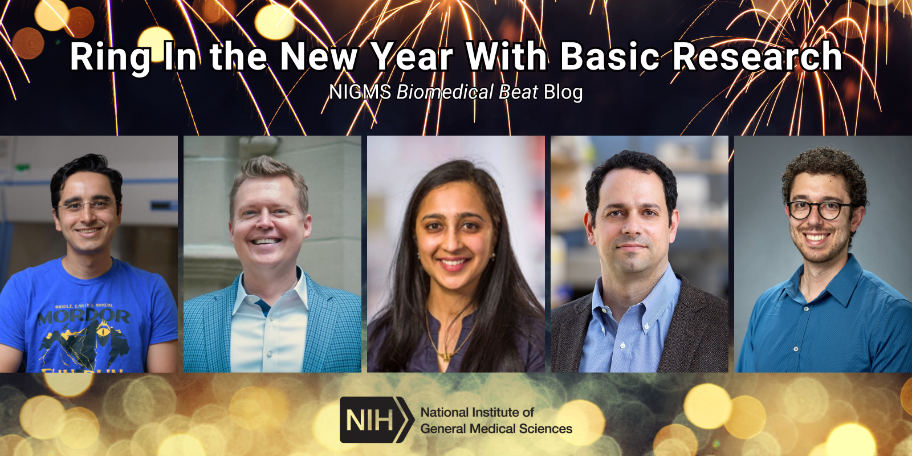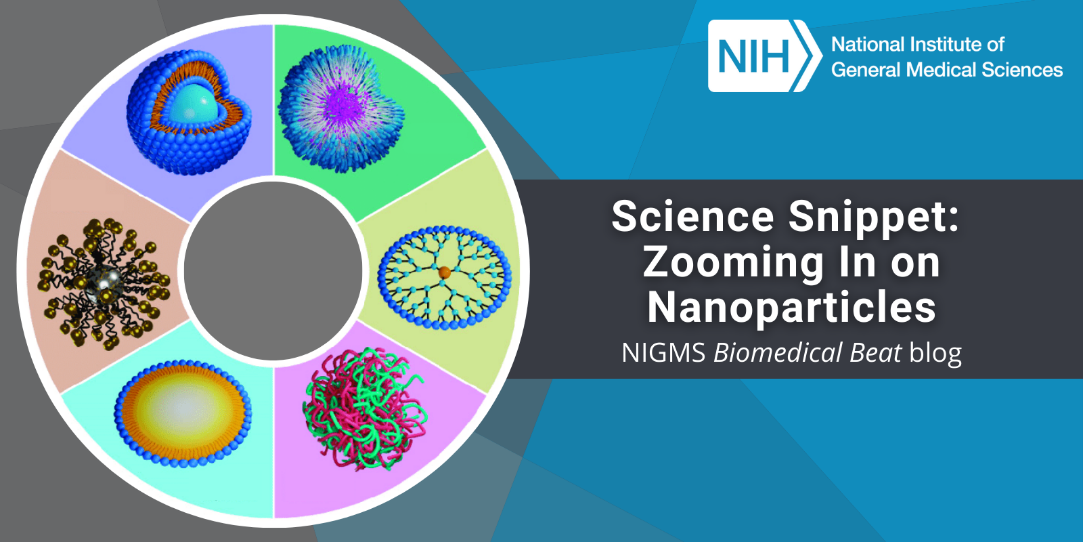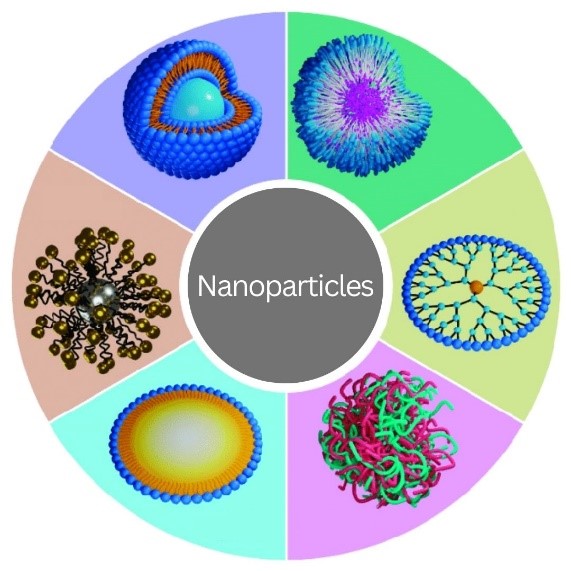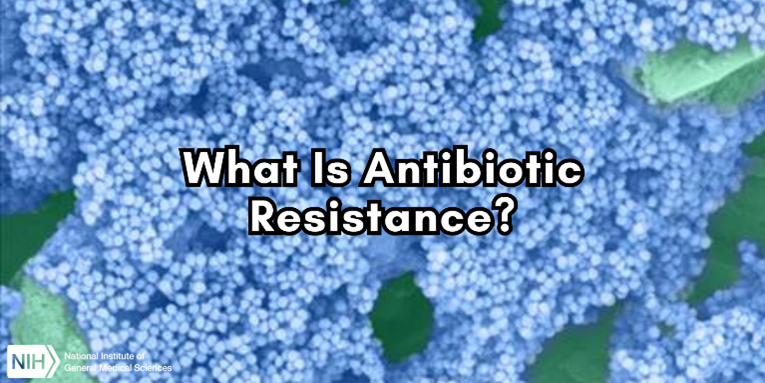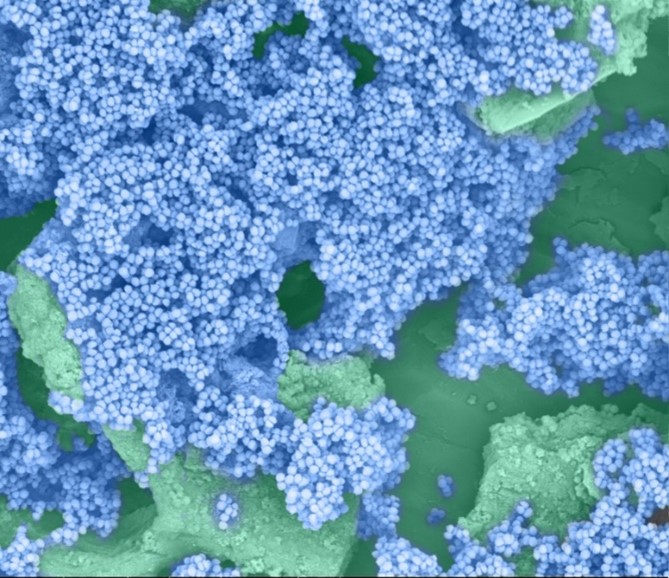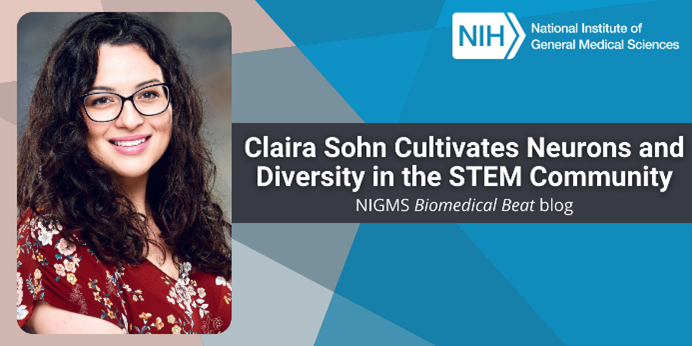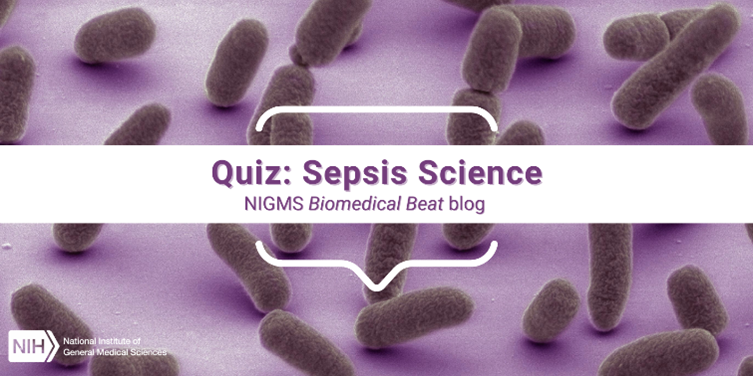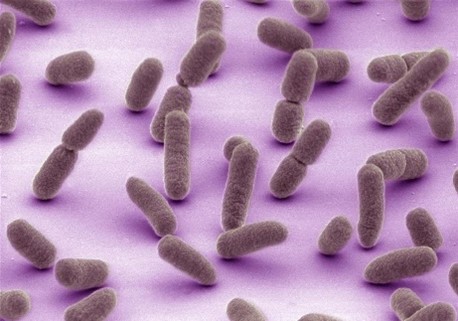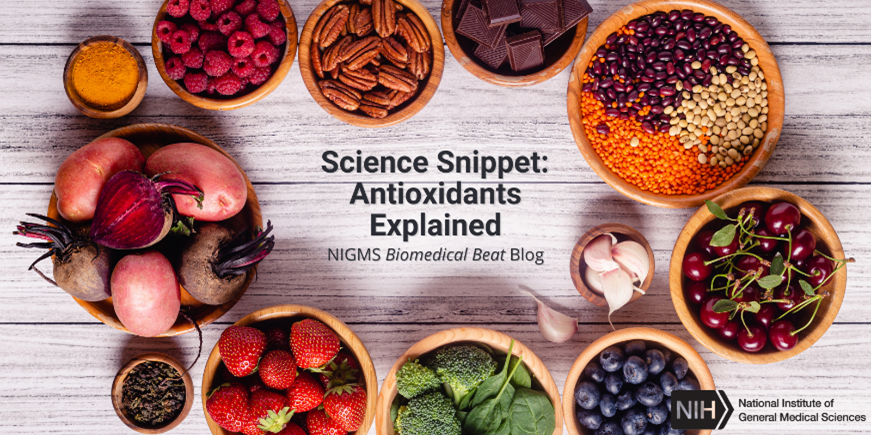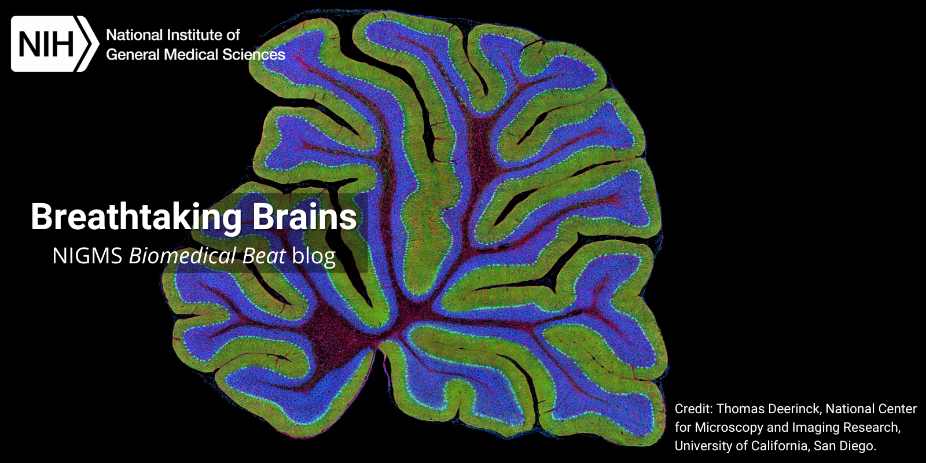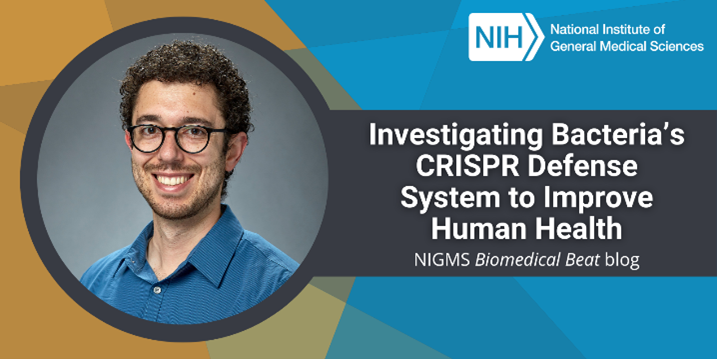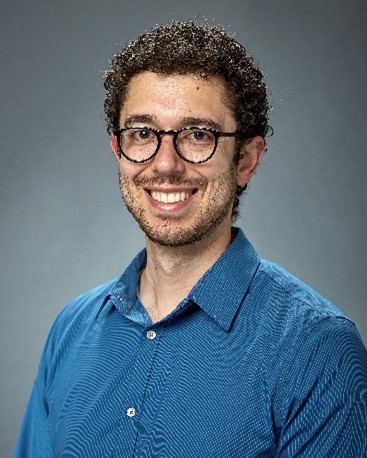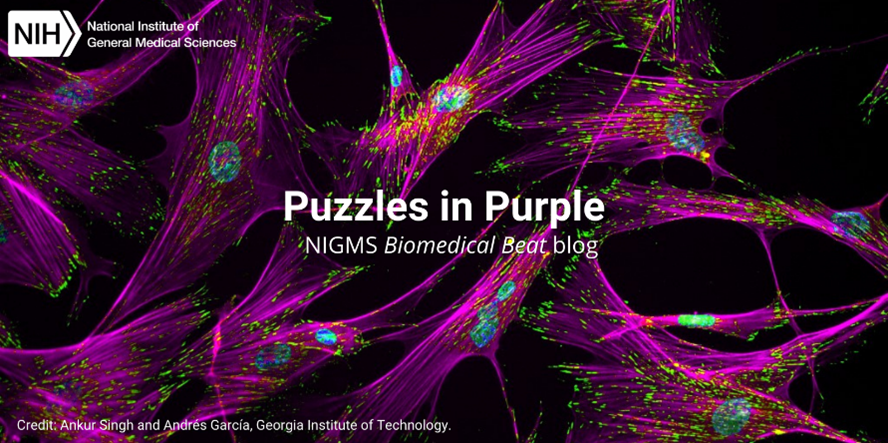
“Science is for everyone. It’s in everything. It exists in cultures everywhere,” says Chantel Tsosie, a master’s student in the NIGMS-supported Research Initiative for Scientific Enhancement (RISE) program at Northern Arizona University (NAU) in Flagstaff. The program aims to prepare a diverse group of students for research careers through culturally relevant support, hands-on research experiences, and a tailored curriculum.
Chantel started her bachelor’s studies at NAU as a dental hygiene major and later changed her focus to biomedical sciences. “I’m from the Navajo Nation, and growing up on the reservation, I wasn’t really exposed to research as a career. At NAU, I began taking classes like microbiology and chemistry and found that I loved the lab portions of those. I met scientists who were Indigenous and really started looking up to them,” she says. When a faculty member brought RISE to her attention, she was immediately interested and reached out to its leaders, Catherine Propper, Ph.D., and Anita Antoninka, Ph.D.
Continue reading “RISE-ing Stars From Northern Arizona University”

